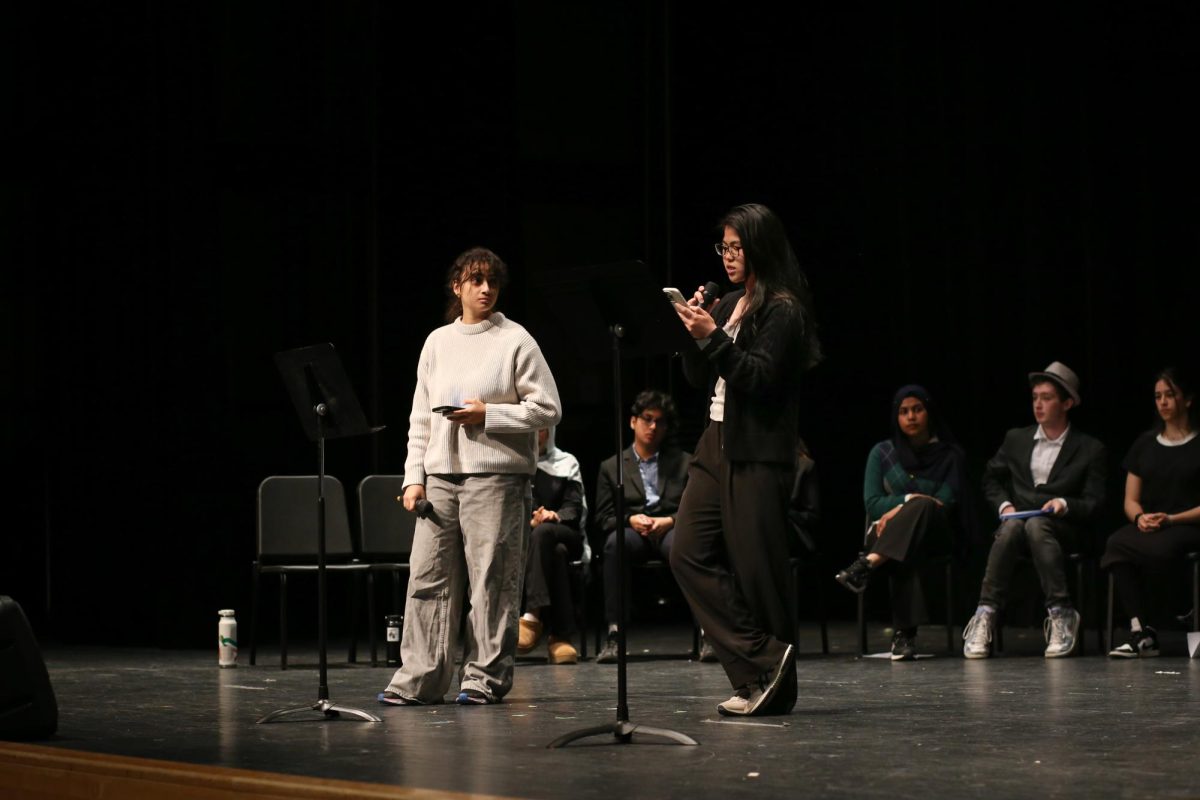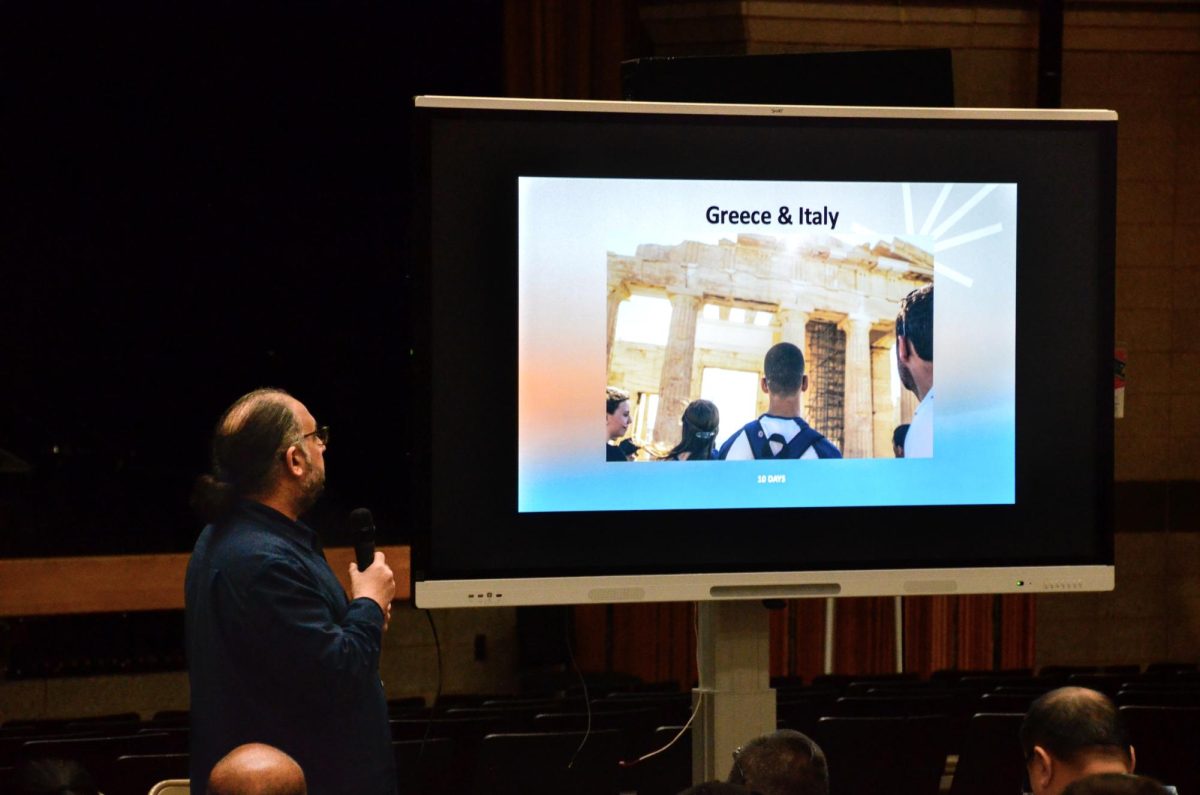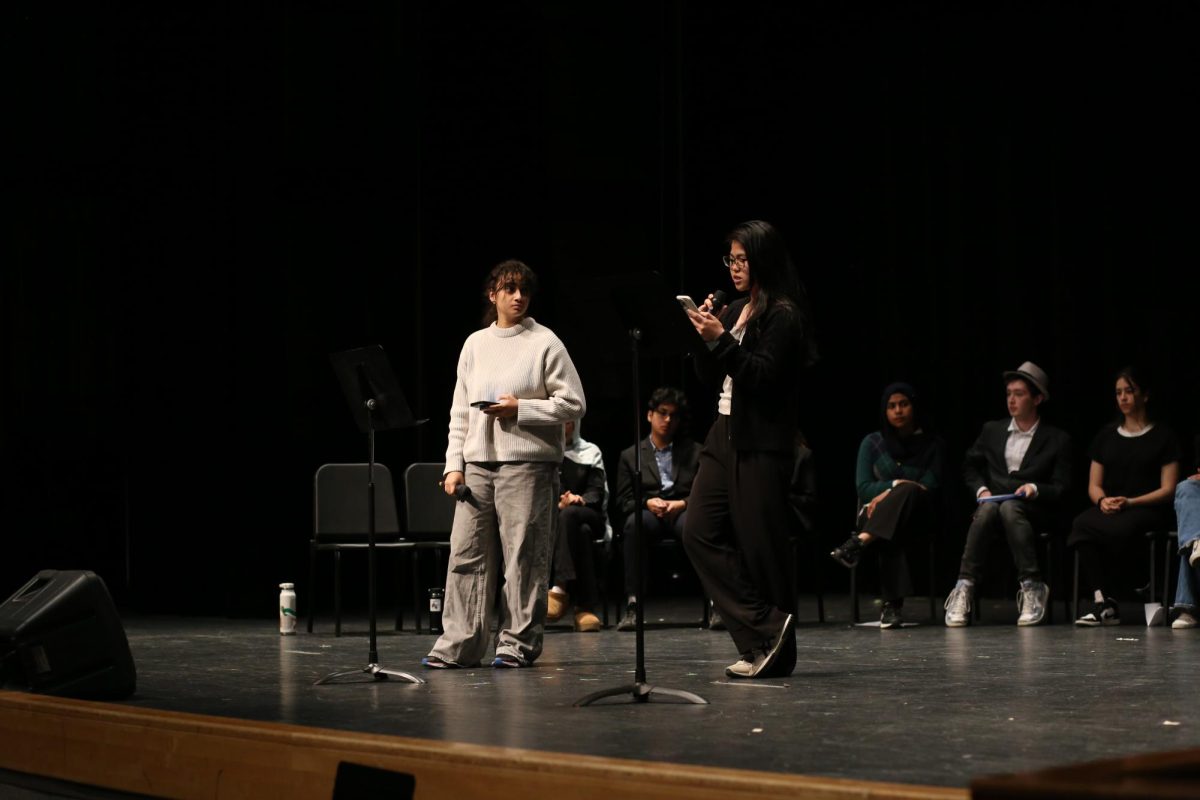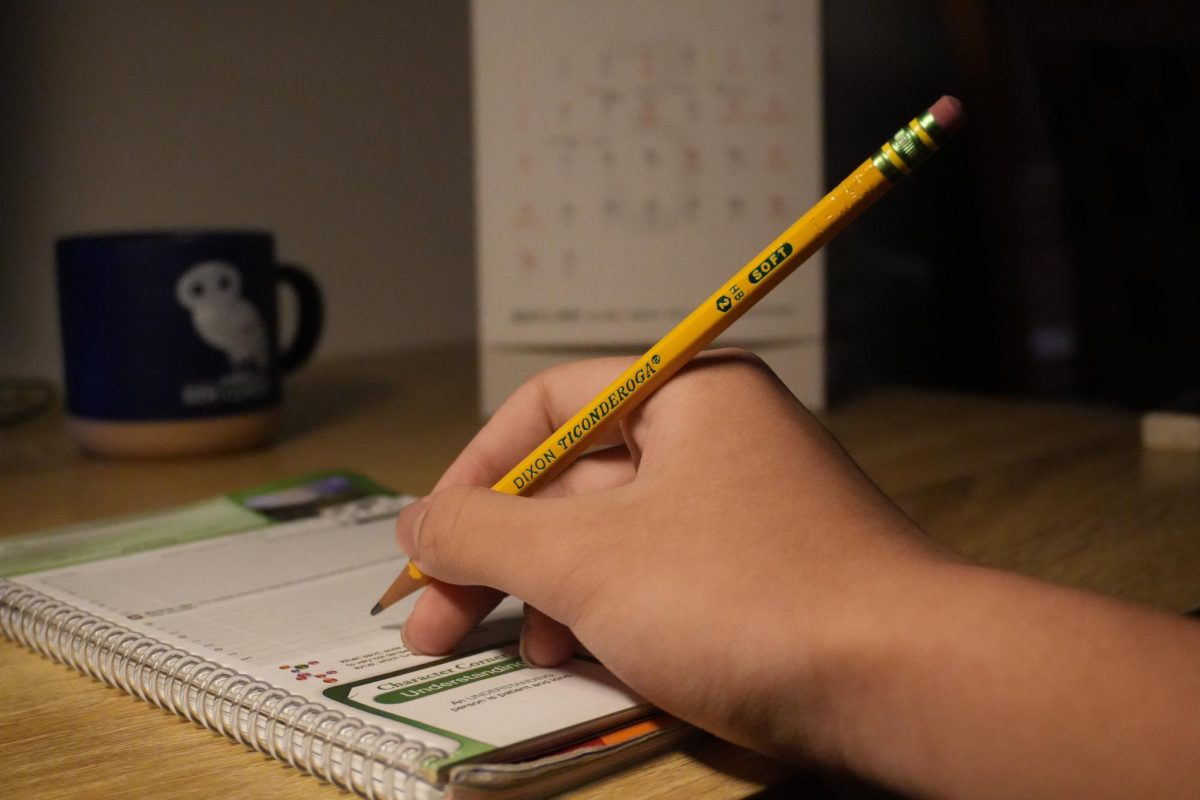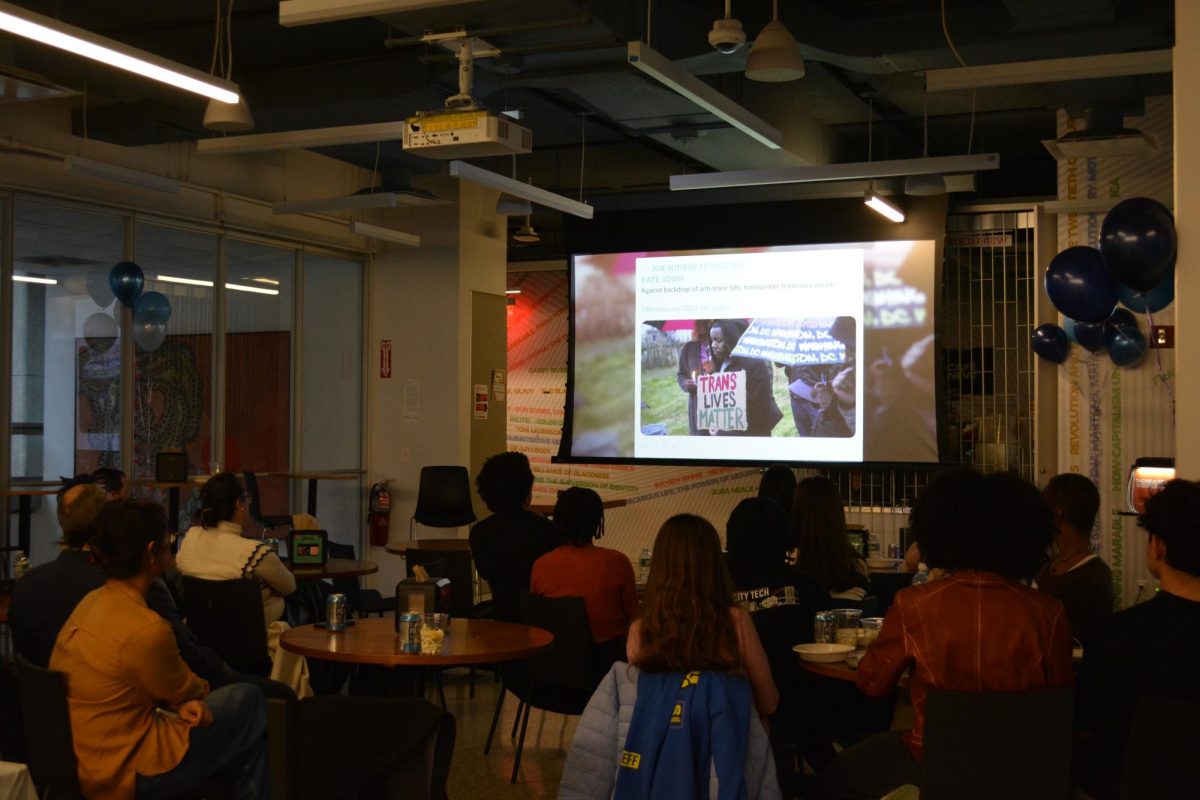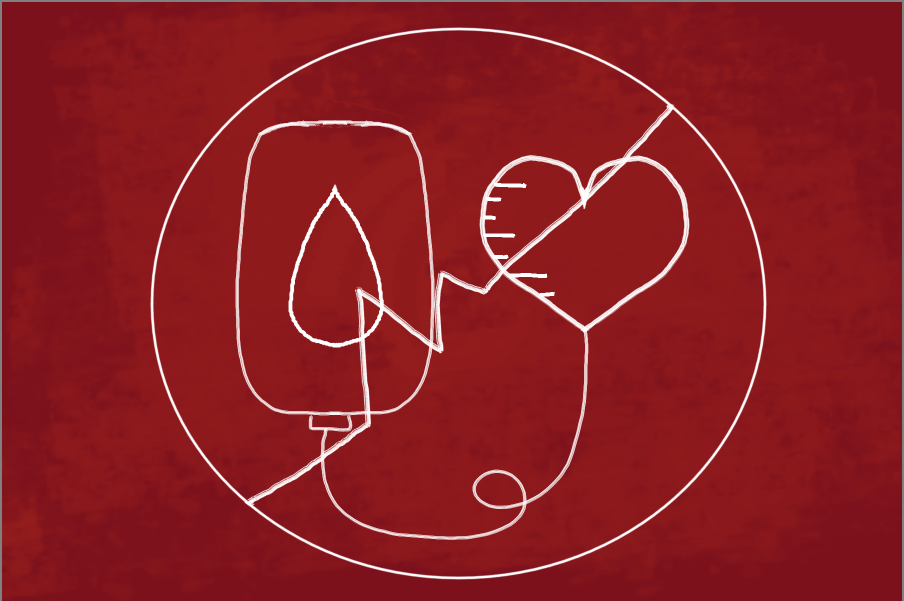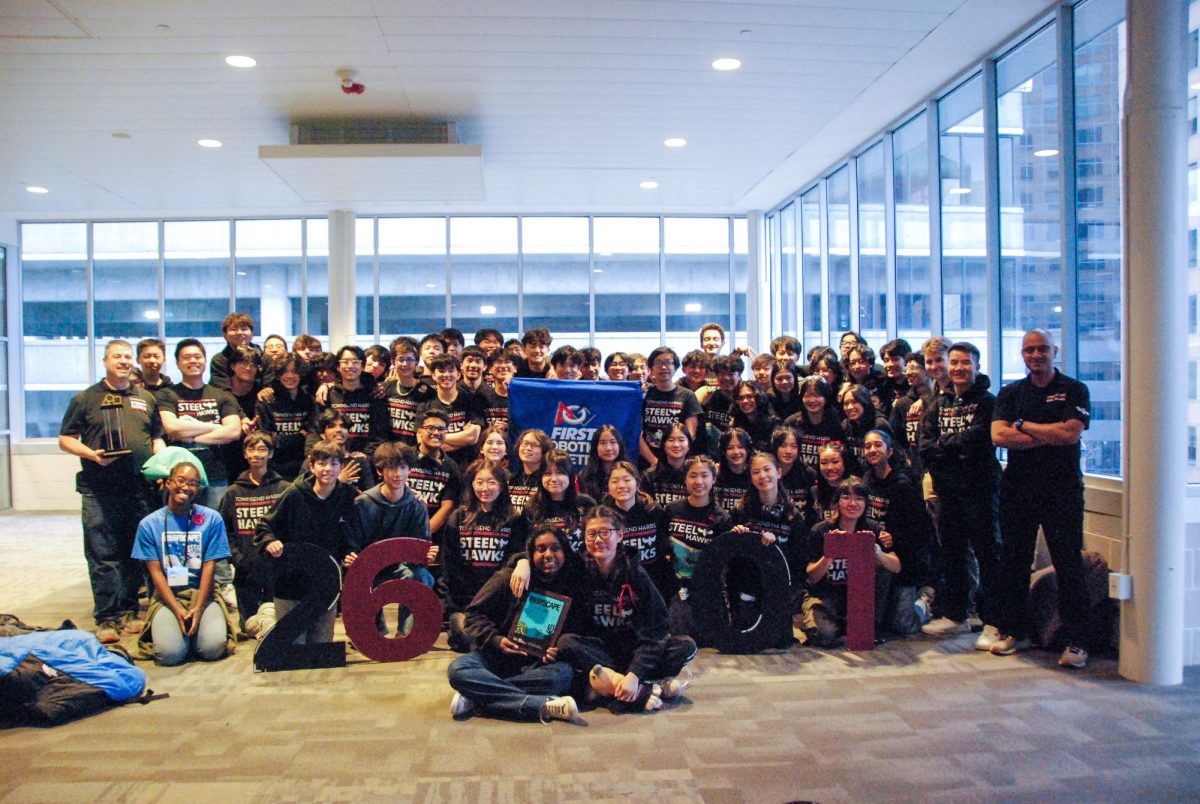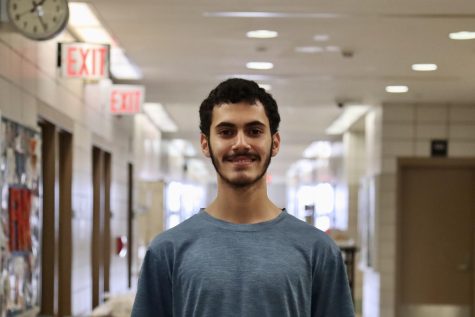
Both nationally and locally, blood centers have met difficulty trying to reach demands. Back in September, the Red Cross announced a 25% drop in their national supply of blood from early August, due to a lack of summer donors. On their website, the New York Blood Center (NYBC) also stated that they have been experiencing “dangerously low levels” of donations, particularly for O positive, O negative, and B negative types, and platelets. A number of signs for the blood drive held at Townsend Harris High School featured this alarming message — however, they received very little response.
On September 28, a blood drive was held at THHS in conjunction with the NYBC, with a goal of 37 pints. Students, parents, and faculty members were given the opportunity to donate their blood throughout the day; in the end, 11 people came, and only eight were eligible.
“We’ve been doing it for years. It is a volunteer opportunity and there are always blood shortages in the city,” said Senior Advisor Blayne Gelbman, who organized the blood drive. “[The turnout] is extremely low and disappointing. We usually get over 30 people and it is very disappointing that only 11 community members came out.”
While many students signed up, not all showed up for their appointments.
The set-up for the blood drive includes eight people to collect the blood, cots, and food, all brought by the NYBC. “I am having a meeting with NYBC to determine if they are going to come back. They are not happy [and] want to know why [the event was unsuccessful]. They have to justify the investment that they made and the time that they took to come to the school and set up,” Mr. Gelbman said.
Hospitals are always in need of blood for transfusions, which are used for people with serious injuries, surgeries, anemia, blood disorders, cancer treatments, and during childbirth, amongst other purposes. Overall, they are incredibly essential in medicine, and because of this, hospitals require a steady supply of all blood types to treat a large number of their patients.
Blood donations have generally been slow since the beginning of the pandemic. Research shows the COVID-19 pandemic reduced intentions to donate blood. Even after COVID-19 was declared to no longer be an emergency, hospitals still struggle to meet pre-pandemic donation levels.
Senior Edison Fang, who made a donation on Thursday, said, “I believe that blood donations are [extremely] important because they can decide between life and death for someone. Even if it may not solve a problem, it could buy time.”
Another blood donor, senior Alessandra Diaz, said, “There is always someone in desperate need, so continually donating is the best way to keep waiting times low and even curtailing a death.”
Many students at THHS said they were unaware of the ongoing blood shortage. For Alessandra, she said learning about it motivated her to donate more: “I am even more motivated to donate in the future. I feel that if you do not have any health concerns and are free, there is no reason you should not donate blood and help expedite the end of the crisis.”
To figure out how to make these blood drives more successful, Mr. Gelbman has created a survey for seniors, asking what might encourage them to donate in the future.

